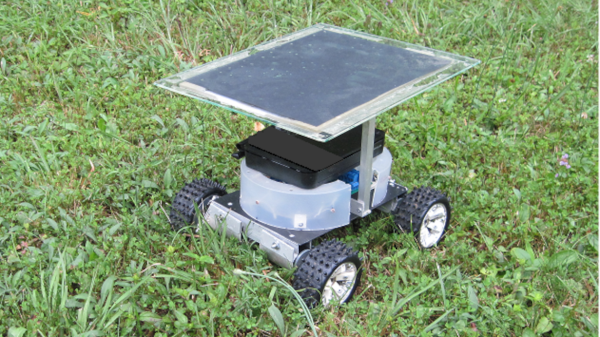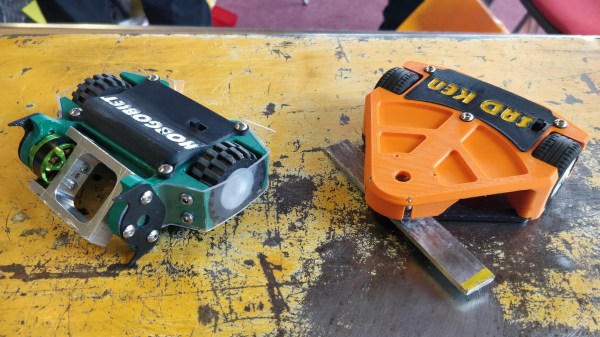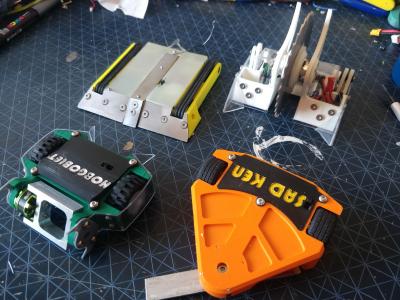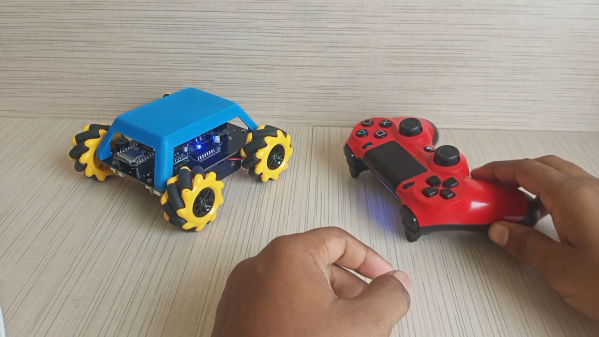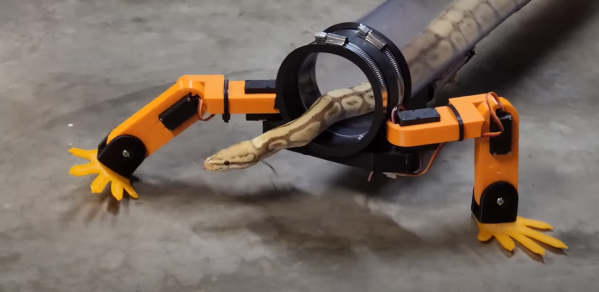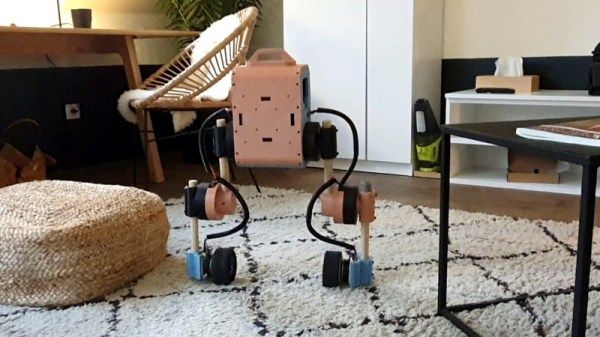There’s plenty of power to be had from the sun, but you need to be out of the shade to receive it. [Dennis] built a robot by the name of Sun Chaser that has the smarts to go where the sun is shining.
Sun Chaser is essentially a robotic solar panel, tasked with filling up its batteries as much as possible. It can then be used as a power supply for campsites or other remote areas, and used to charge devices as required.
A Raspberry Pi runs the show, paired with a Squid motor controller to run the drive system. Sun Chaser has a motorized solar panel onboard which can track the sun for maximum output, with the aid of six photoresistors to guide the positioning. A camera is used to image the area around Sun Chaser, too, and processing is used to identify sunny regions which will provide the most energy.
Even outside of its useful applications, the idea of having a robot that can run around and keep itself juiced up is a fun one. Solar power gives a robot a greater sense of autonomy, after all. This author has experimented in this field to great enjoyment, too. Video after the break.

